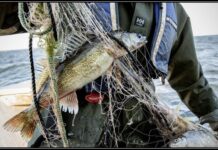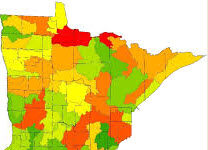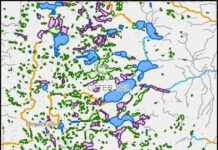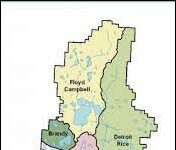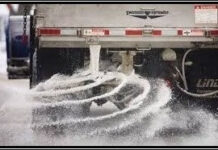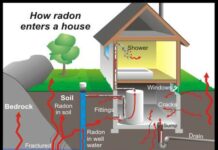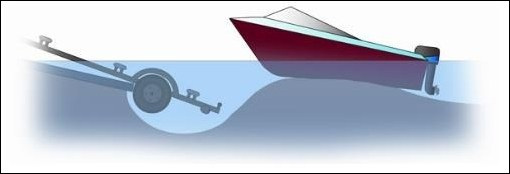“Power loading”, can cause damage to launch ramps that may not be visible from the surface of the water. “Power loading” is a term used to describe using the motor to load and unload the boat onto and off the trailer. Many of the state’s 3,000 public launch ramps were not designed to sustain the forces generated by today’s larger and more powerful boats or the practice of power loading. Propeller wash creates a significant force that can erode the lakebed and create a large hole at the end of the ramp. Eroded material is often deposited beyond the ramp to create a mound, which can result in a barrier for launching and loading. Boats and equipment can incur damage if the boat or lower unit runs aground on the mound or if the trailer becomes stuck in the hole. In the worse cases, the end of the ramp could collapse, resulting in an unusable launch ramp. In low water conditions the mound created from propeller wash can obstruct launching and loading.
DNR crews have been busy rehabilitating damaged launch ramps statewide. Staff
are repairing the holes and extending the ramps by adding additional concrete
planks. When possible the mounds are leveled with excavation equipment. These
launch ramp repairs are time consuming and expensive.
The DNR recognizes that some boaters are accustomed to power loading. However, it is preferable that boaters do not race their engines while on the boat ramp. Slightly more than idle speed should be all that is necessary to load and/or unload the boat. The best practice is for boaters to refrain from power loading and use the winch to load and unload their boat.




